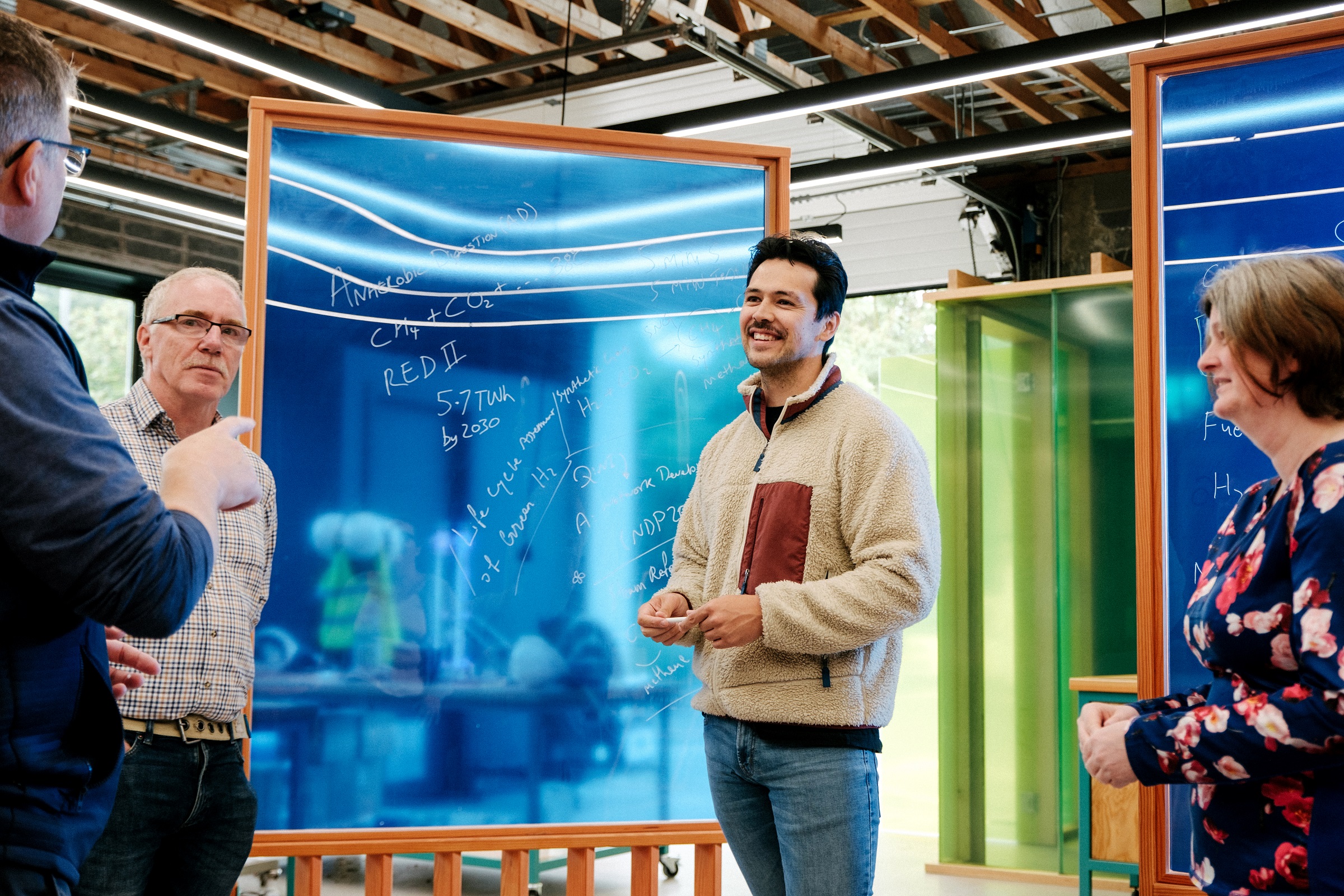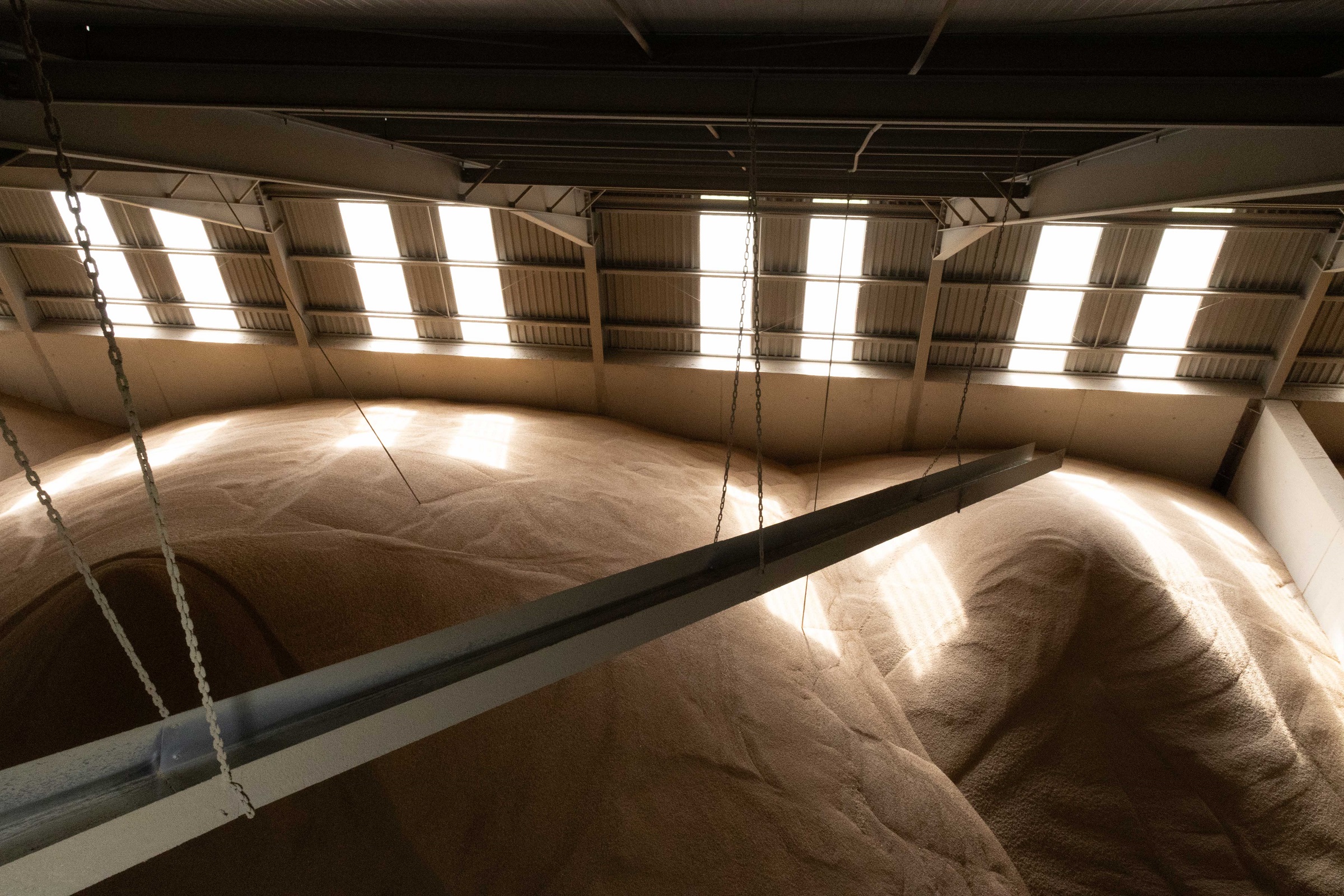
The National Hydrogen Strategy
Gas Networks Ireland welcomes the publication of the National Hydrogen Strategy, an important milestone in the decarbonisation of the gas network in the journey to a net-zero energy system in Ireland by 2050.
Learn more
Daltons Chancellors Mills
Daltons Chancellors Mills in Athy, a generational family business known for malting barley is embracing renewable energy to align with their customer's needs. Supported by Gas Networks Ireland's Gas Innovation Fund, this innovative project demonstrates the feasibility of using hydrogen blends to decarbonise industrial operations.
Learn morePathway to a Net Zero Carbon Network
Our Pathway to a Net Zero Carbon Network details a transformative journey towards a repurposed, resized, and fully decarbonised gas network by 2045.